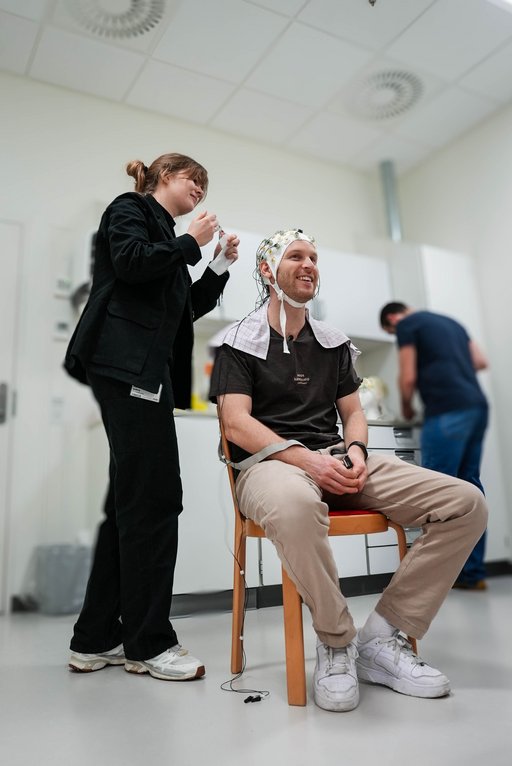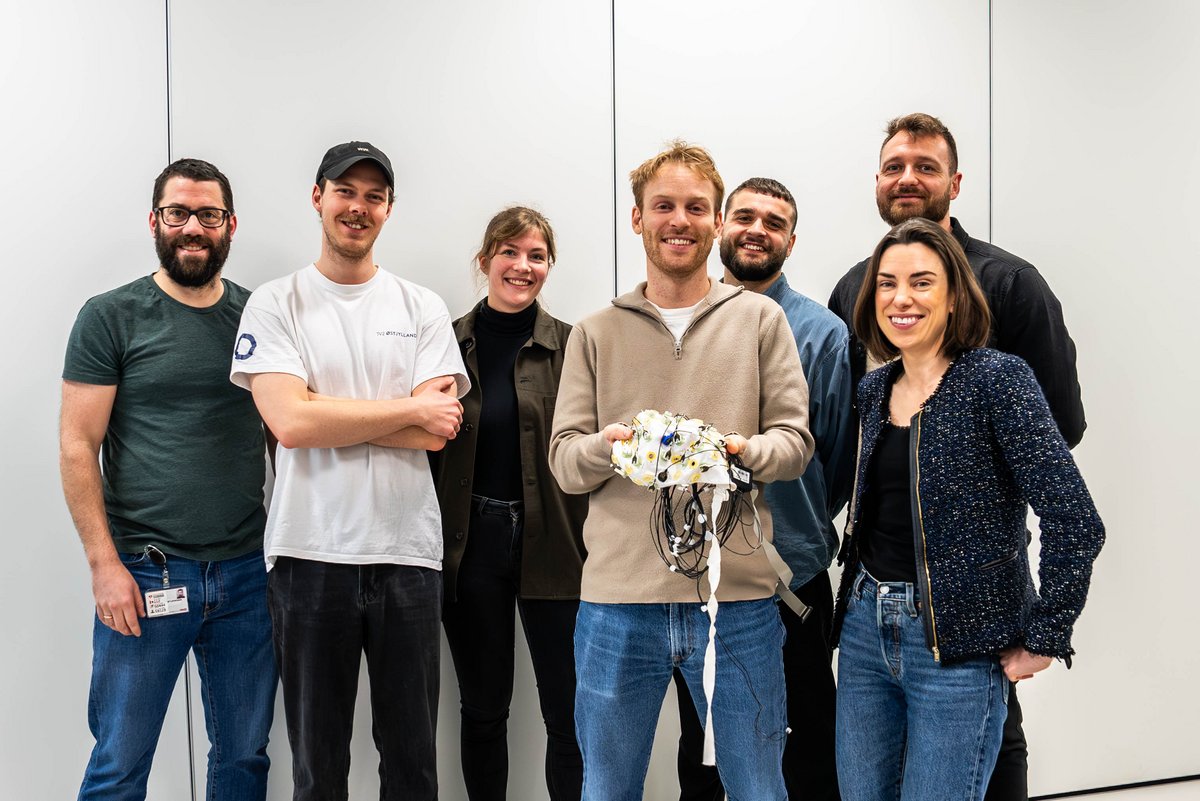A peek behind the curtains of Holder mig vågen i 50 timer (EKSPERIMENT) TV2 Østjylland
Blog post by Christine Parsons

Emil Borup Rokkjær is a YouTube star, journalist, and photographer, whose short documentaries testing his sperm quality, unveiling his paycheck, and uncovering illegal firework sales have been viewed hundreds of thousands of times. Known for his fast-paced style, quick-wit and honesty, Emil is a familiar face to many young Danes.
Emil combines video journals with expert interviews, and his work often has important public health messages. In one documentary, he addresses the tragic cases of late-night drownings in harbour areas. Immersing himself in 4.3-degree water at Aarhus harbour,
Emil demonstrates the rapid and dangerous effects of cooling.
Pitching a sleep experiment
In early February this year, I received an email from Kristian Vinther Brøndum, a journalist at TV2Østjylland who works with Emil, wanting to discuss the current scientific knowledge on sleep in young people. We talked about a wide range of topics, from learning in school after a poor night of sleep to extreme experiments on sleep deprivation. He humoured me talking about my own work on sleep extension effects on emotion, knowing that their documentary focus would be on the opposite: keeping Emil awake for 48 hours.
A few weeks later, we had a follow-up discussion about possible tools to demonstrate the impact of sleep deprivation on Emil. How could we show the viewer how bad he was feeling or performing in a compelling but scientifically- valid way? Unsurprisingly, a measure of Emil's brain activity during the experiment was high on the journalistic list of priorities. For this, I sent an SOS to Andreas Højlund and Alberte Seeberg, who have considerable EEG expertise.
Andreas went to work figuring out which EEG tasks have been used in the sleep deprivation literature. Settling on an oddball detection task to measure the P300, Alberte and Andreas organised all of the critical practicalities: location, timing and piloting the experiment. It is no small feat to prepare for real-time EEG data analysis, with only a one-off chance to collect data. However, as experienced experimentalists, they were ready with years of trouble-shooting knowledge and good humour, up their sleeves.
In these preparation weeks, I sent numerous scientific articles to Kristian at his request, so the TV2 team could read and understand the literature themselves.
For my part of the experiment, I set up an iPad to collect in-the-moment data on Emil's emotions and his sleepiness over 48 hours. For a measure of cognitive functioning, I used the Psychomotor Vigilance task, the most widely-used measure of the effects of sleep loss and fatigue. We put both the self-report emotion and sleepiness scales, and the Vigilance task on the same iPad device for easy data collection and a large display for the TV crew to film.
Three days of morning data collection meant multiple early starts for Alberte, who took charge of getting the equipment prepared for Emil each day. Andreas, between teaching a Cognitive Science class, managed to get P300 signal images prepared and in the days after the experiment, scalp images for the film crew's use. Andreas then discussed the results, and their interpretation, extensively with Kristian. A serious consideration for a YouTube audience is the use of compelling graphics, and a quick pace of presentation, to keep viewers watching for the duration of the video.
How did it all turn out?
After several weeks of editing, the documentary was released onto YouTube on 12th May and TV2Play. In total, the final piece was just over 13 minutes long. For a 50-hour experiment, and many weeks of preparation and editing, it might seem like a brief output. But YouTube formats for science communication tend to be short in duration, and some researchers have suggested keeping videos to between 7 and 15 minutes.
Within two day of posting, the view count had reached 27,000. TV2 also posted a news article, highlighting the documentary,
Emil, Kristian, and the excellent film crew were committed to creating an engaging piece and ensuring its accuracy. We were sent a preview of the video and given several days to respond before it went live. We were asked for our inputs on the tasks, the presentation and key takeaway messages. While our collective talking time on camera was short, Andreas and Alberte's conversations with Emil shaped the narrative presented.
You can check out the end result here.




